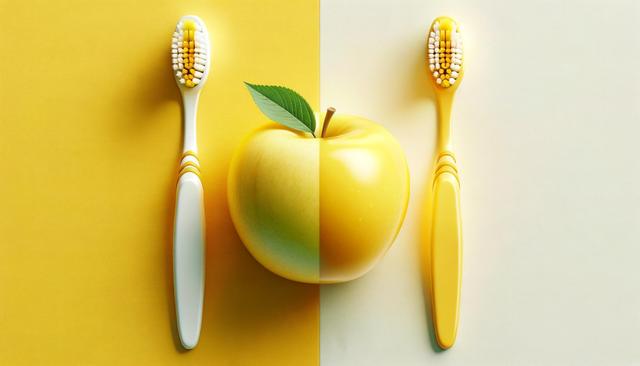Understanding the Causes of Yellow Teeth
Before diving into how to whiten yellow teeth, it’s important to understand what causes them to become discolored in the first place. Yellow teeth can result from various factors, including diet, lifestyle habits, aging, and oral hygiene routines. Foods and drinks like coffee, tea, red wine, and soda are common culprits that stain teeth over time. Smoking and tobacco use also contribute significantly to discoloration by weakening enamel and leaving behind surface stains.
Other causes include:
- Poor dental hygiene, such as irregular brushing and flossing
- Genetics, which may predispose some people to thinner enamel
- Certain medications, especially antibiotics like tetracycline
- Natural aging, as enamel thins and dentin becomes more visible
Knowing the root cause can help tailor a more effective approach when selecting a whitening solution. Whether you opt for professional treatments or home-based remedies, addressing the underlying issue is key to achieving and maintaining a brighter smile.
Professional Teeth Whitening Treatments
For those seeking noticeable and fast results, professional teeth whitening treatments offered by dental clinics are among the most effective methods. These procedures use stronger concentrations of whitening agents like hydrogen peroxide or carbamide peroxide compared to over-the-counter products. In-office treatments are generally safe, supervised, and customized based on the individual’s dental condition.
Some common professional options include:
- In-office bleaching sessions using light-activated gels
- Customized whitening trays prepared by a dentist for at-home use
- Laser-assisted whitening for deeper stain removal
These solutions are particularly useful for individuals with significant discoloration or those looking for faster outcomes. However, professional whitening can be more costly and may require multiple sessions depending on the severity of the staining.
Effective At-Home Whitening Solutions
For those who prefer a more cost-effective and convenient approach, there are several at-home methods that can help whiten yellow teeth. Many of these treatments use milder forms of whitening agents and may take longer to show results but can still be effective when used consistently and correctly.
Popular at-home options include:
- Whitening toothpaste with gentle abrasives and low concentrations of peroxide
- Whitening strips that adhere to teeth and gradually lift stains
- Whitening pens for targeted application
- DIY baking soda and hydrogen peroxide paste (used with caution)
When using at-home solutions, it’s important to follow the instructions carefully to avoid enamel damage or gum irritation. Consistency is also key — results may appear gradually over a few weeks of continuous use.
Natural Remedies and Lifestyle Adjustments
In addition to commercial treatments, some natural remedies and lifestyle changes can support your journey from yellow teeth to white. While natural methods may not produce dramatic results overnight, they can help maintain oral health and prevent further staining.
Examples of natural approaches include:
- Oil pulling with coconut oil to reduce bacteria and surface stains
- Brushing with baking soda a few times a week for mild abrasive cleaning
- Eating crunchy fruits and vegetables like apples and carrots that help scrub teeth
- Rinsing your mouth with water after consuming staining foods or drinks
Incorporating these habits into your daily routine can make a noticeable difference over time. Additionally, limiting the intake of staining substances and quitting smoking can significantly improve overall oral appearance and health.
Maintaining White Teeth After Whitening
Once you’ve achieved your desired level of whiteness, the next step is maintenance. Teeth naturally become discolored again if proper care isn’t taken, so adopting long-term habits to preserve your results is essential. Regular dental checkups and cleanings are important for removing plaque and monitoring any changes in tooth color.
To maintain white teeth:
- Brush and floss at least twice daily
- Use a straw when drinking dark beverages to minimize contact with teeth
- Rinse your mouth or brush soon after consuming acidic or staining foods
- Consider touch-up whitening treatments every few months if needed
Choosing the right toothpaste and avoiding excessive use of whitening products can help prevent enamel damage. A consistent and balanced oral care routine is the best way to keep your smile bright and healthy for the long term.
Conclusion: Choosing the Right Whitening Path for You
Turning yellow teeth to white is achievable with the right approach, whether through professional treatments, over-the-counter products, or natural remedies. The most effective solution often depends on the cause of discoloration, your budget, and how quickly you want to see results. With consistent care and smart lifestyle choices, maintaining a whiter smile becomes easier and more sustainable. Always consider consulting a dental professional before starting any whitening treatment to ensure safety and suitability for your specific dental needs.




Leave a Reply